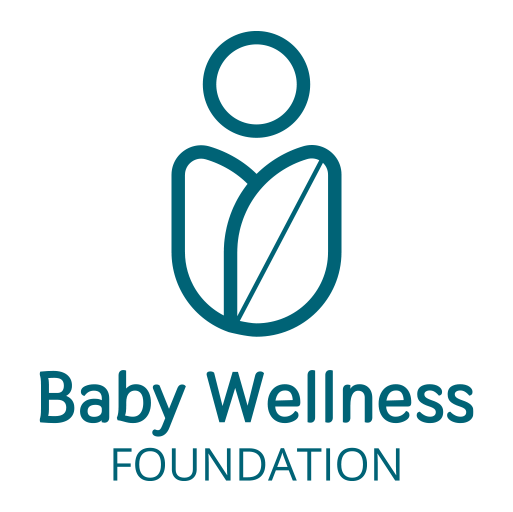Articoli tecnici per professionisti
Esegui il login oppure registrati!
AAP. Policy Statement. Breastfeeding and the use of human milk. Pediatrics 2012; vol129 n.3.
AAP. Clinical Practice Guideline. Management of hyperbilirubinemia in the newborn infant 35 or more weeks of gestation. Pediatrics 2004, 114: 297-316
AAP.Committee on fetus and newborn. Controversies concerning vitamin K and the newborn. Pediatrics 2003;112:191-2
American Heart Association.Neonatal Resuscitation: 2010. Guidelines for Cardiopulmonary Resuscitation and Emergency Cardiovascular Care.Pediatrics, 2010, vol.126 n.5; 1400-1413.
Agenzia Sanitaria Regionale – Emilia-Romagna, Dossier 137. Il profilo assistenziale del neonato sano. 2006;
AveryG.B., Neonatologia. Fisiopatologia e trattamento del neonato. Medical Books, 1988
Brazelton TB, NugentK.La scala di valutazione del comportamento del neonato. Ed. italiana a cura di G.Rapisardi, Masson, Milano, 1997
Braibanti L. Parto e nascita senza violenza. RED editore, Novara. 1993
Coleman WL, Garfield C and the Committee on Psychosocial Aspects of Child and Family Health.Fathers and Pediatricians: enhancing men’s roles in the care and development of their children. Pediatrics2004; 113:1406-11
Commissione Consultiva Tecnico Scientifica sul Percorso Nascita della Regione Emilia Romagna, Linee di indirizzo per l’assistenza ostetrica alla gravidanza. 2007
Davanzo R, et al. Breastfeeding and neonatal weight loss in healthy term infants. Journal of Human Lactation, 2012 XX(X) 1-9
EU project on Promotion of Breastfeeding in Europe.Protection, Promotion and Support of Breastfeeding in Europe: a blueprint for Action. European Commission, Directorate Public Health and Risk Assessment, Luxembourg, 2004.
Ferber G.S. e Makhoul I.R.The effect of ski-to-skin contact (Kangaroo Care) shortly after birth on the neurobehavioral responses of the term newborn: a randomized, controlled trial. Pediatrics 2004;113 (4): 858-65
Klaus M., KennellJ., Klaus P. Dove comincia l’amore. BollatiBoringhieri, 1998
Klaus M. e Fanaroff A., Il neonato ad alto rischio. Medical Books, 1994
Laugier J. E Gold F., Neonatologia. Masson, 1993
Moore E., Anderson G., Bergman N., Early skin-to-skin cotact for mothers and their healthy newborn infants. Cochrane Database of Systematic Reviews 2007 21
Macdonald PD, et al. Neonatal weight loss in breast and formula fed infants. Arch Dis Child Fetal Neonatal 2003, 88(6): F472-6
National Institute for Health and Clinical Excellence. Routine postnatal care of women and their babies.2006
Programma Nazionale Linee Guida (PNLG), Istituto Superiore di Sanità, Parte D Malattie Infettive, Screening per la Gonorrea e la profilassi oculare nel neonato
Paulson JF, Dauber S, Leiferman JA Individual and combined effects of postpartum depression in mothers and fathers on parenting behavior. Pediatrics 2006; 118:659-668
Ramchandani P., Stein A., Evans J., O’Connor TG and The ALSPAC study team (2005) Paternal depression in the postnatal period and child development: a prospective population study.Lancet 2005; 365:2201-05
Pisacane A, Continisio GI, Aldinucci M, D’Amora S, Continisio P, A controlled trial of the father’s role in breastfeeding promotion. Pediatrics 2005; 116: 494-498
Rapisardi G. Raccomandazioni per l’assistenza alla madre in puerperio e al neonato. Italian Journal of Pediatrics 2000;26:232-43
Rapisardi G., Davidson A., La promozione dello sviluppo neonatale e infantile: l’approccio Brazelton. Medico e Bambino, 2003;3:171-175
Regione Emilia Romagna – Gruppo di lavoro Puerperio, Allattamento al seno. Strumenti per facilitare il cambiamento delle pratiche assistenziali. 2005
Sarkadi A, Kristiansson R, Oberklaid F, Bremberg S, Fathers’ involvement and children’s developmental outcomes: a systematic review of longitudinal studies. ActaPædiatrica2008 97: pp. 153-158
SIN. Commissione Consultiva sulla Promozione dell’Allattamento Materno. Raccomandazioni sull’allattamento materno per i nati a termine, di peso appropriato, sani. M&B 2/2002
Volta A. Apgar12.Per una esperienza positiva del nascere. Bonomi, 2006
Volta A, Bussolati N, Capuano C, Ferraroni E, Novelli D, Pisani F. Paternità: un’indagine sulle emozioni dei nuovi padri. Quaderni ACP 2006 13(4):146-149
WHO Care in Normal Birth: a pratical guide. WHO/FRH/MSM/96.24 (1996)
